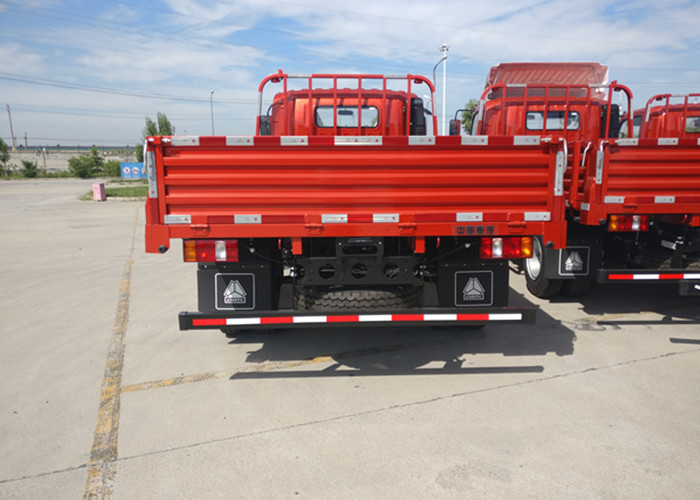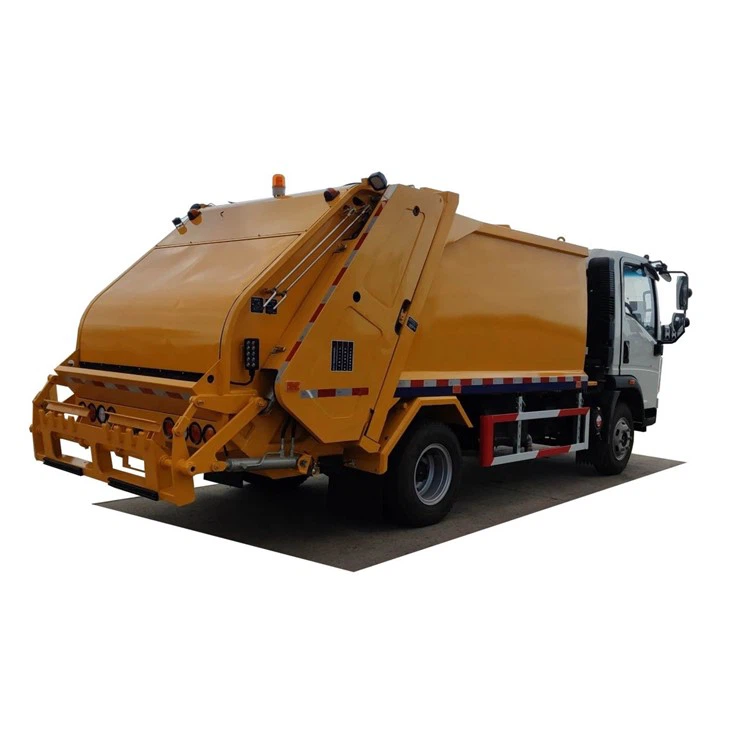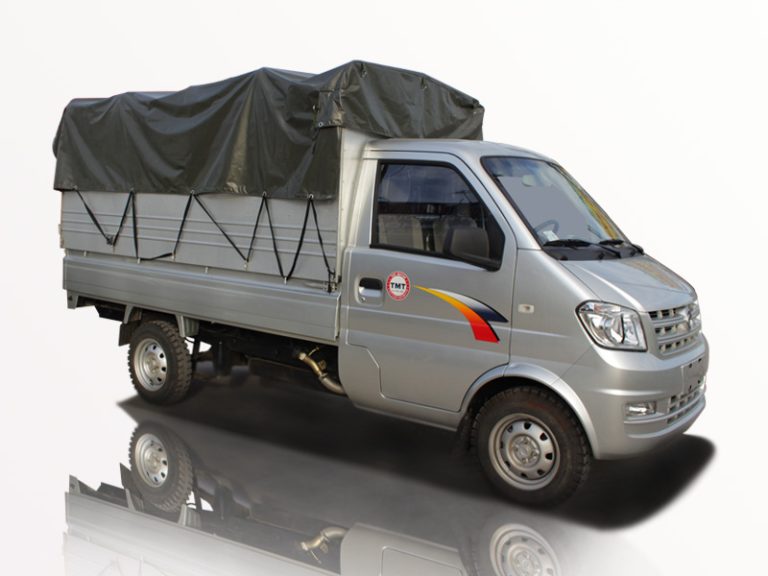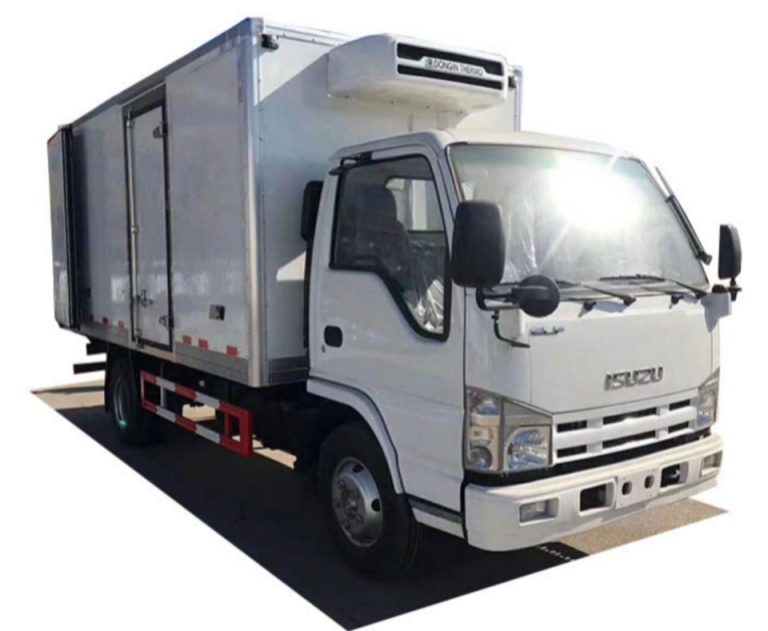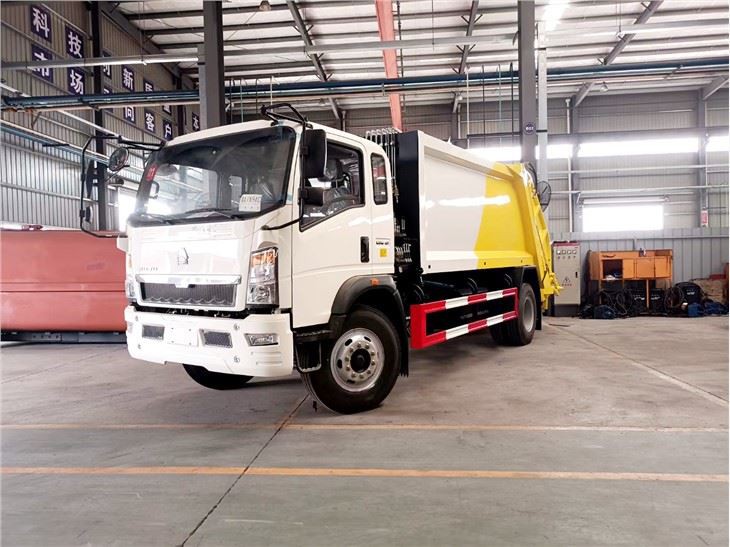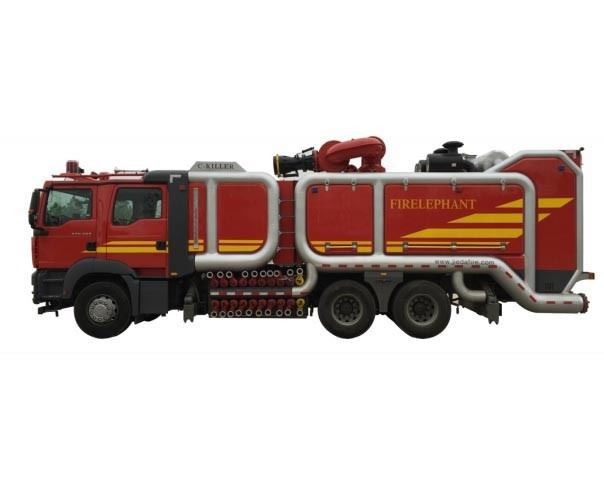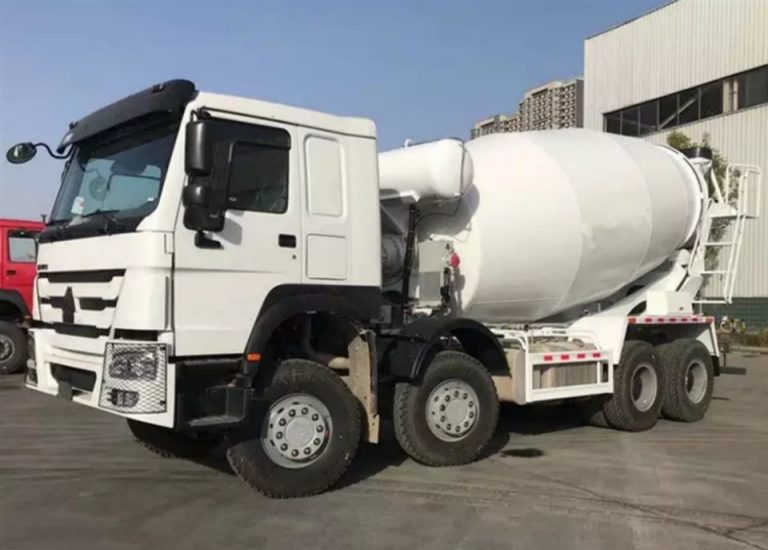Stock tanks are a versatile solution for farming, aquaculture, and gardening enthusiasts. With their sturdy design, they provide an ideal water source for livestock and can serve various purposes, such as a small pond or even a vegetable container garden. However, one essential element of a well-functioning stock tank that often gets overlooked is the drain plug. In this article, we will delve into everything you need to know about drain plugs for stock tanks, including their importance, types, installation, maintenance, and more.
Table of Contents
- Importance of Drain Plugs for Stock Tanks
- Types of Drain Plugs
- How to Install a Drain Plug in a Stock Tank
- Maintaining Your Drain Plug
- Common Issues with Drain Plugs and How to Fix Them
- Practical Examples and Tips
- Frequently Asked Questions
Importance of Drain Plugs for Stock Tanks
Drain plugs serve several critical functions in maintaining the integrity and functionality of stock tanks.
1. Water Management
One of the primary functions of a drain plug is water management. Properly draining a stock tank allows for cleaner water for livestock or plants by removing stagnation and contaminants.
2. Convenience
A drain plug adds convenience when you need to empty the stock tank. This may be necessary for cleaning, maintenance, or seasonal storage.
3. Prevention of Algae Growth
By regularly draining and refilling your stock tank, you help limit algae growth, which can impact the health of animals and plants in or around the tank.
Types of Drain Plugs
There are several types of drain plugs available for stock tanks, and the choice depends on the tank’s design and intended use.
1. Standard Drain Plug
This is the most common type of drain plug, usually a plastic or metal fixture that screws into a threaded hole at the bottom of the tank.
2. Slide Valve Drain Plug
This type features a sliding mechanism that opens and closes the drain without removing the entire plug. It’s ideal for quick drainage needs.
3. Ball Valve Drain Plug
A more durable option, the ball valve drain plug uses a ball to control water flow. It is often used in larger tanks or when a sturdy solution is needed.
4. Snap-on Drain Plug
These plugs are designed for easy installation and removal. They can be ideal if you need to drain water frequently.
How to Install a Drain Plug in a Stock Tank
Installing a drain plug in a stock tank can be accomplished in a few simple steps. Follow this guide for a successful installation.
Step 1: Gather Your Tools
You will need a drill (if not pre-drilled), a drain plug, a wrench, and a sealant (if required).
Step 2: Choose the Right Location
Determine where you would like to place the drain plug, ideally at the bottom or lower side of the tank for efficient draining.
Step 3: Create the Hole
If the tank isn’t pre-drilled, carefully drill a hole that fits the size of your drain plug. Make sure to smooth any rough edges.
Step 4: Insert the Drain Plug
Thread the drain plug into the hole. If it requires sealant, apply it before inserting the plug for a watertight seal.
Step 5: Tighten the Plug
Using the wrench, tighten the plug until it’s secure but avoid overtightening, which can damage the tank.
Maintaining Your Drain Plug
To ensure your drain plug operates efficiently, regular maintenance is crucial.
1. Regular Inspection
Check the plug and surrounding area at least once a month to ensure there are no leaks or visible damage.
2. Clean the Plug
Remove debris and dirt around the drain plug. This will help prevent clogs and facilitate smooth drainage.
3. Seasonal Maintenance
Consider draining and cleaning the tank at the end of the season to prevent any buildup of algae or sediment.
| Maintenance Task | Frequency |
|---|---|
| Inspection for leaks | Monthly |
| Cleaning the plug | Monthly |
| Full tank drain and clean | Seasonally |
Common Issues with Drain Plugs and How to Fix Them
Even with regular maintenance, issues can arise. Here are some common problems and their solutions.
1. Leaking Drain Plug
If your drain plug is leaking, it may be due to improper installation or wear and tear. Check the tightness and sealant; reapply if necessary.
2. Clogs
Debris or sediment might clog the drain. You can clear these by disassembling the drain plug and cleaning it thoroughly.
3. Broken or Damaged Plug
A damaged drain plug may require replacement. Ensure you choose one with compatible threading to avoid further issues.
Practical Examples and Tips
Example 1: Using a Stock Tank for Livestock
If you use a stock tank to provide water for cattle, installing a robust valve drain plug can help manage water effortlessly, especially during hot summer months.
Example 2: Gardening with Stock Tanks
For those using stock tanks as raised gardens, a drain plug with a ball valve can help control excess water during rainy spells. This prevents root rot in plants.
Tips for Selecting the Right Drain Plug
- Always consider the size and type of your stock tank.
- Choose materials that resist corrosion and wear.
- Evaluate your usage frequency to determine if you prefer quick-access options like slide or snap-on plugs.
Frequently Asked Questions
1. What size drain plug do I need for my stock tank?
The size of the drain plug needed for your stock tank usually depends on the tank’s design. Measure the hole for accuracy.
2. Can I use a garden hose with my drain plug?
Yes, some drain plugs are designed to accommodate a garden hose for continuous drainage. Ensure the plug allows for this feature before purchase.
3. How can I prevent leaks from my drain plug?
To prevent leaks, ensure the drain plug is installed properly with a good sealant and check it regularly for wear and tear.
4. Is a ball valve drain plug worth the investment?
Yes, a ball valve drain plug provides ease of use and durability, making it a practical long-term investment for heavier usage.
5. How often should I drain my stock tank?
It depends on usage, but a good rule of thumb is to drain and refill at least once a month to ensure clean water.
6. Can I use a drain plug in a plastic stock tank?
Yes, you can use a drain plug designed specifically for plastic tanks, as long as it matches the threading and does not damage the material.
